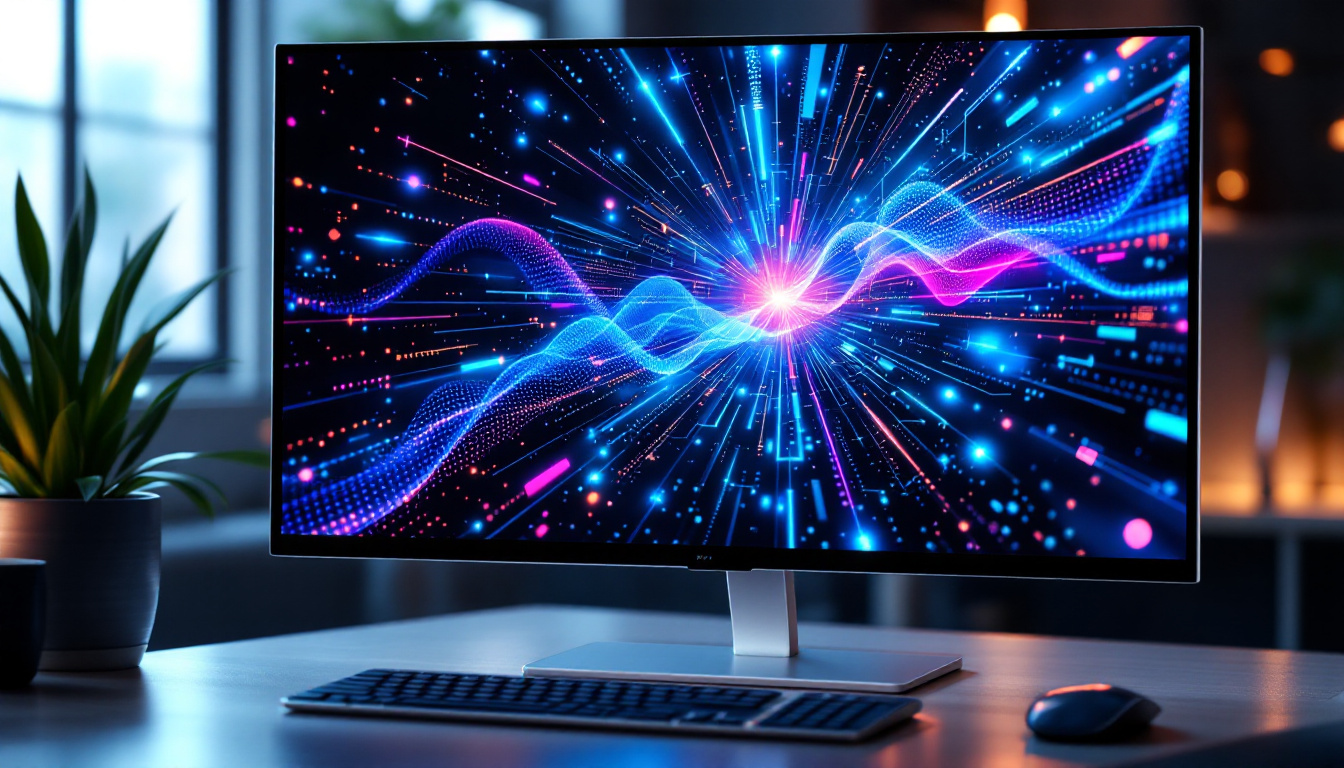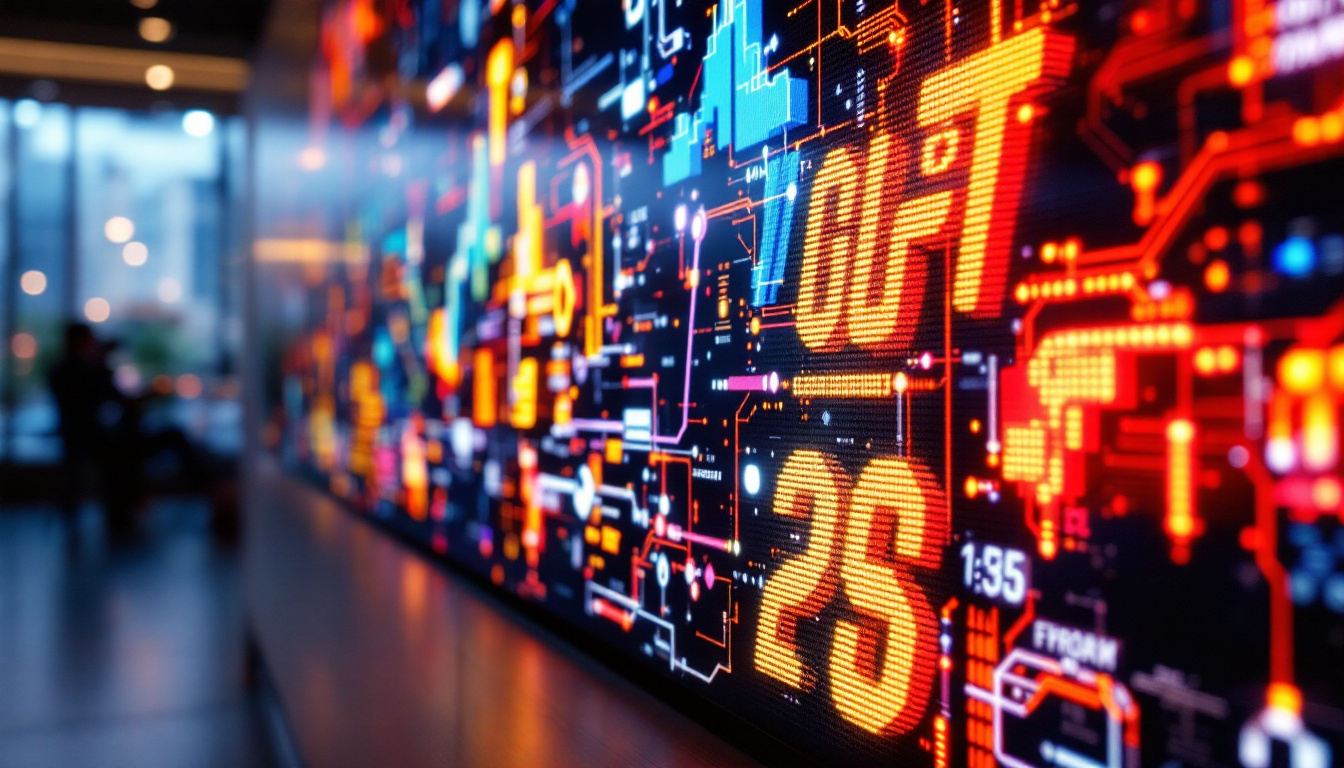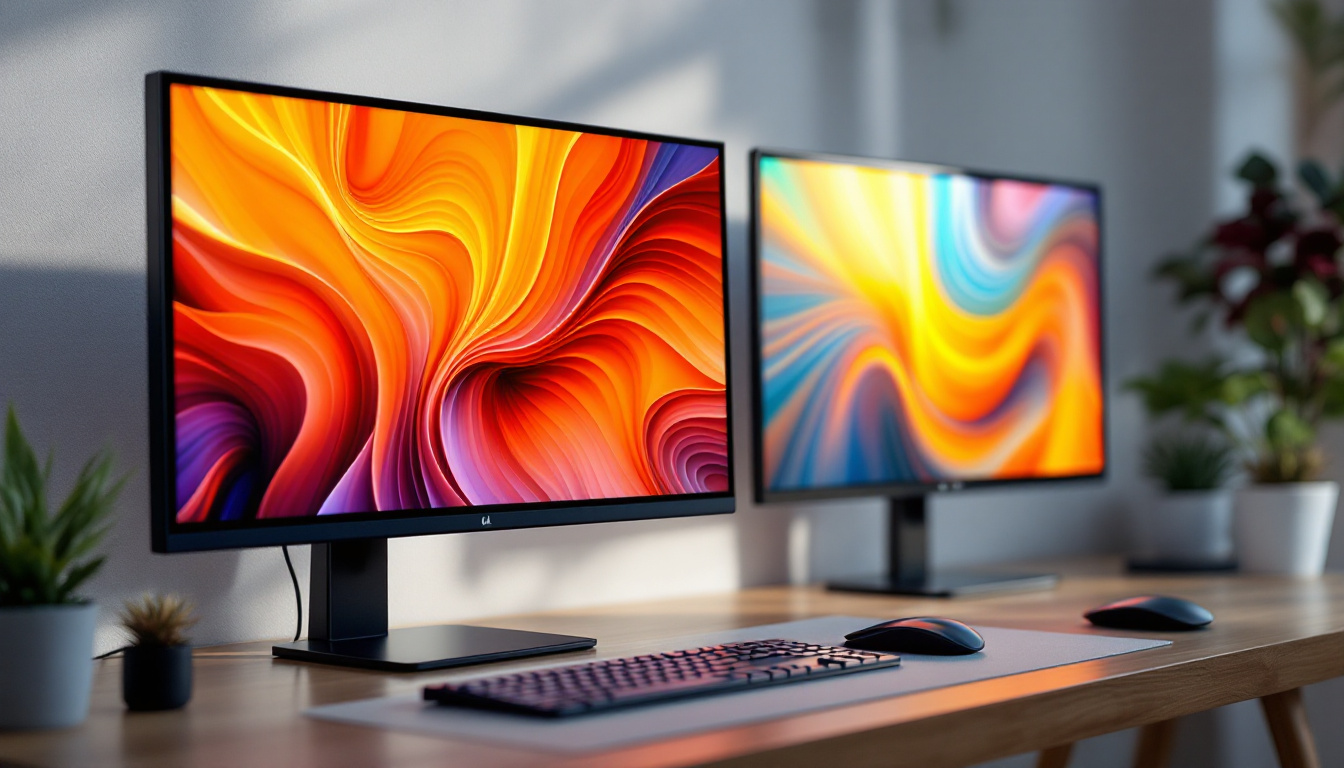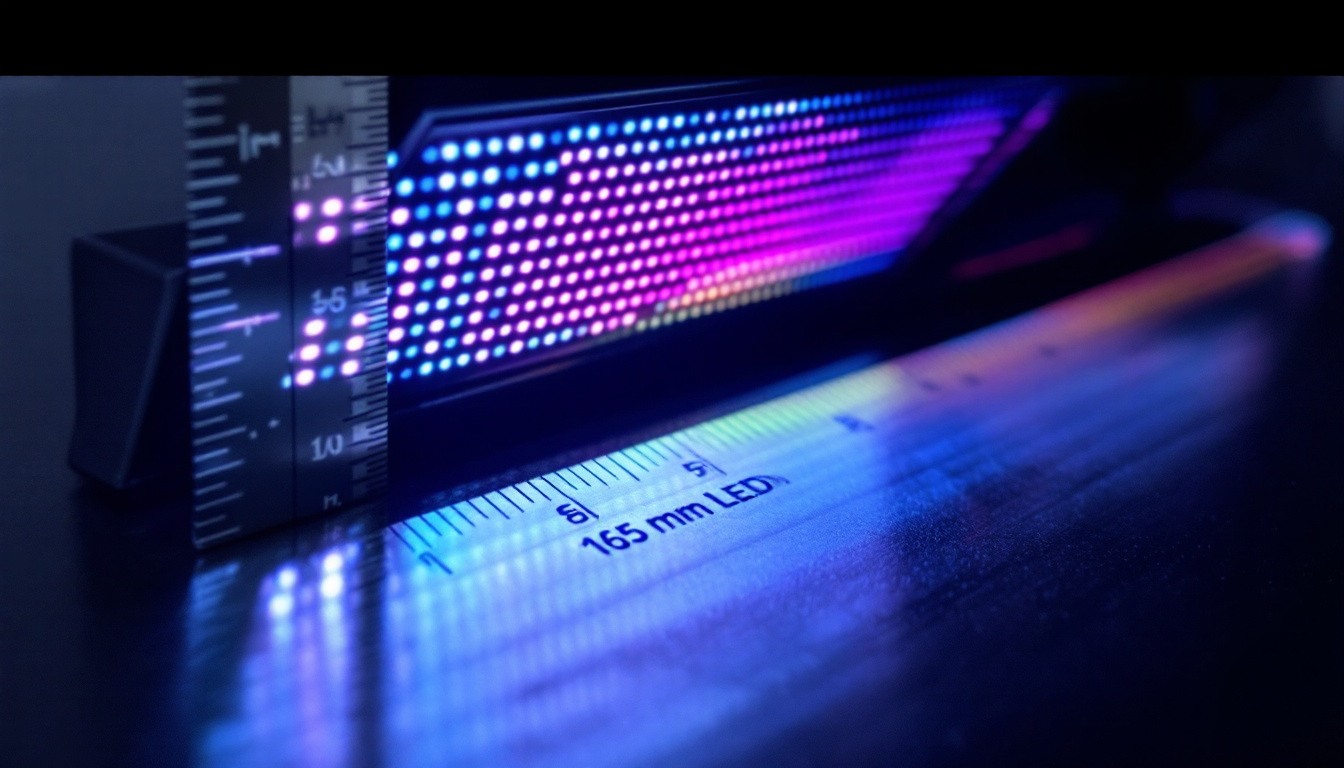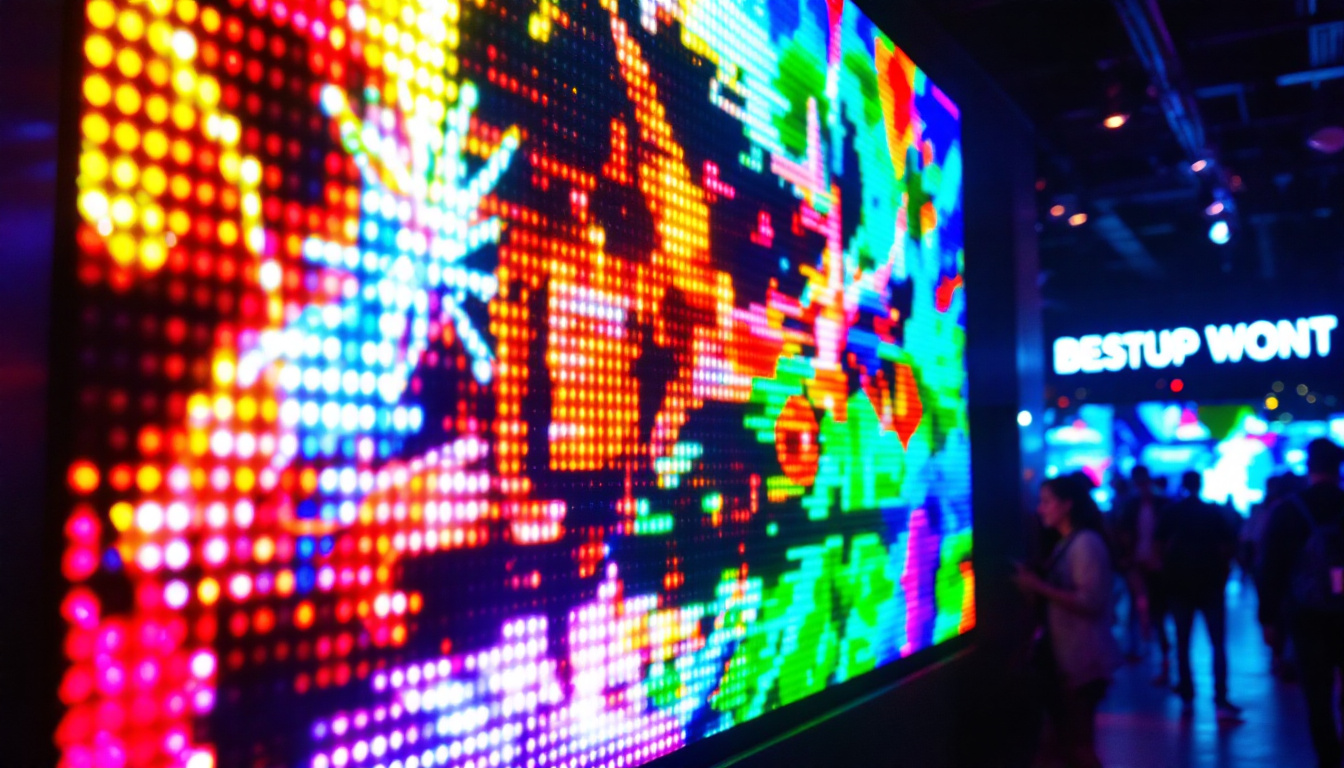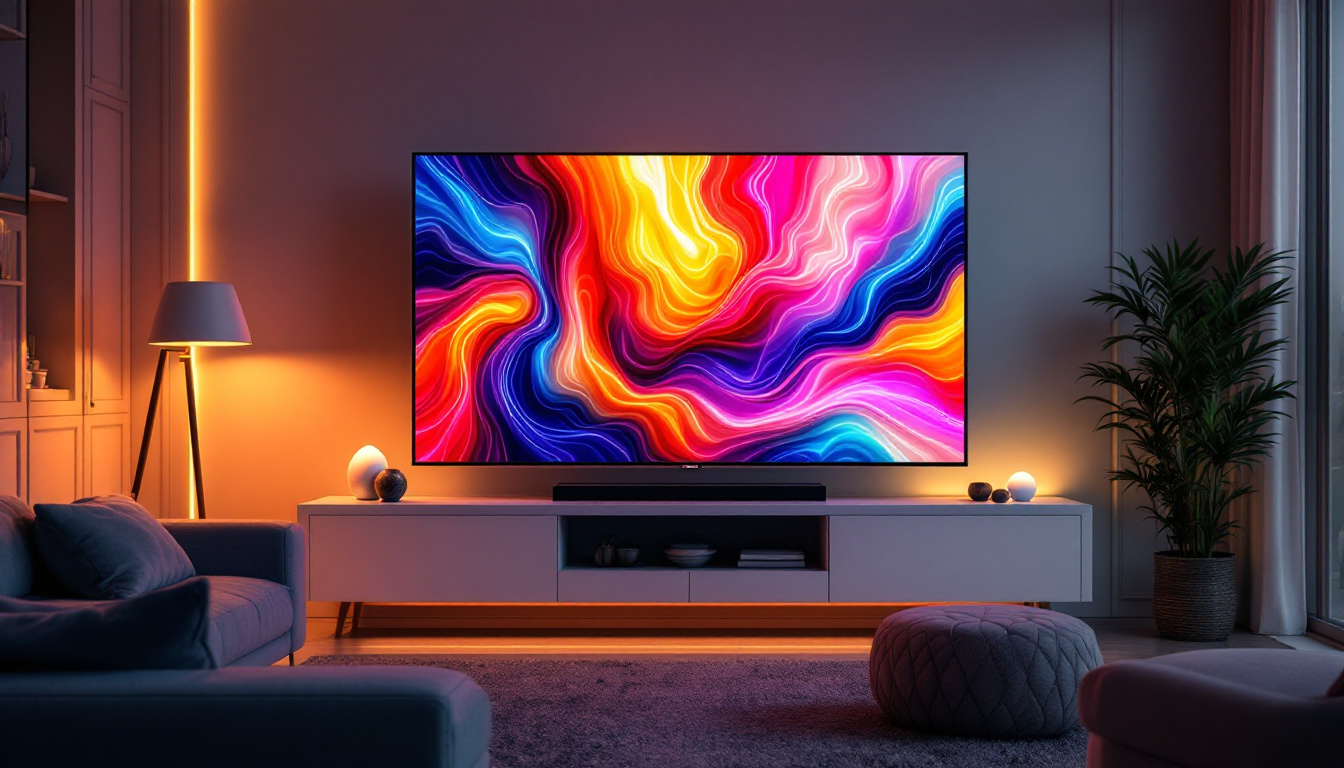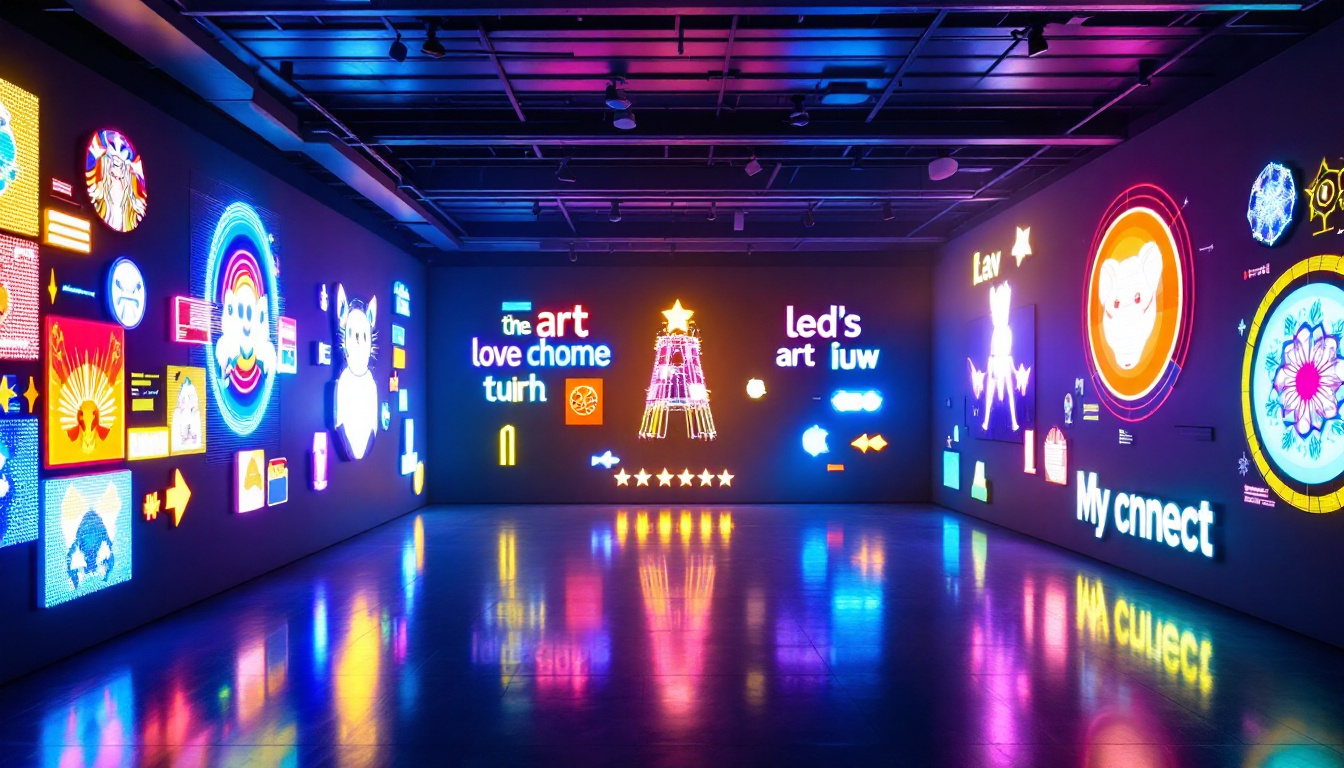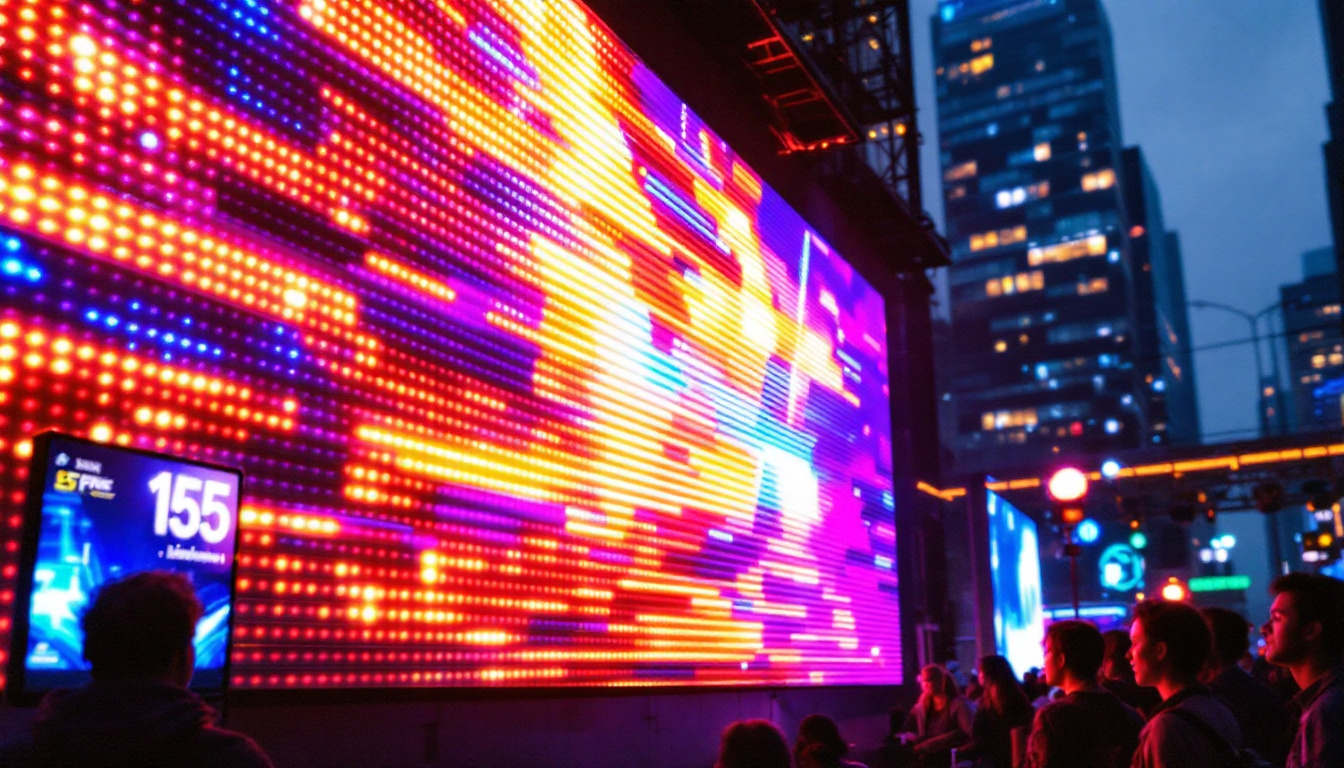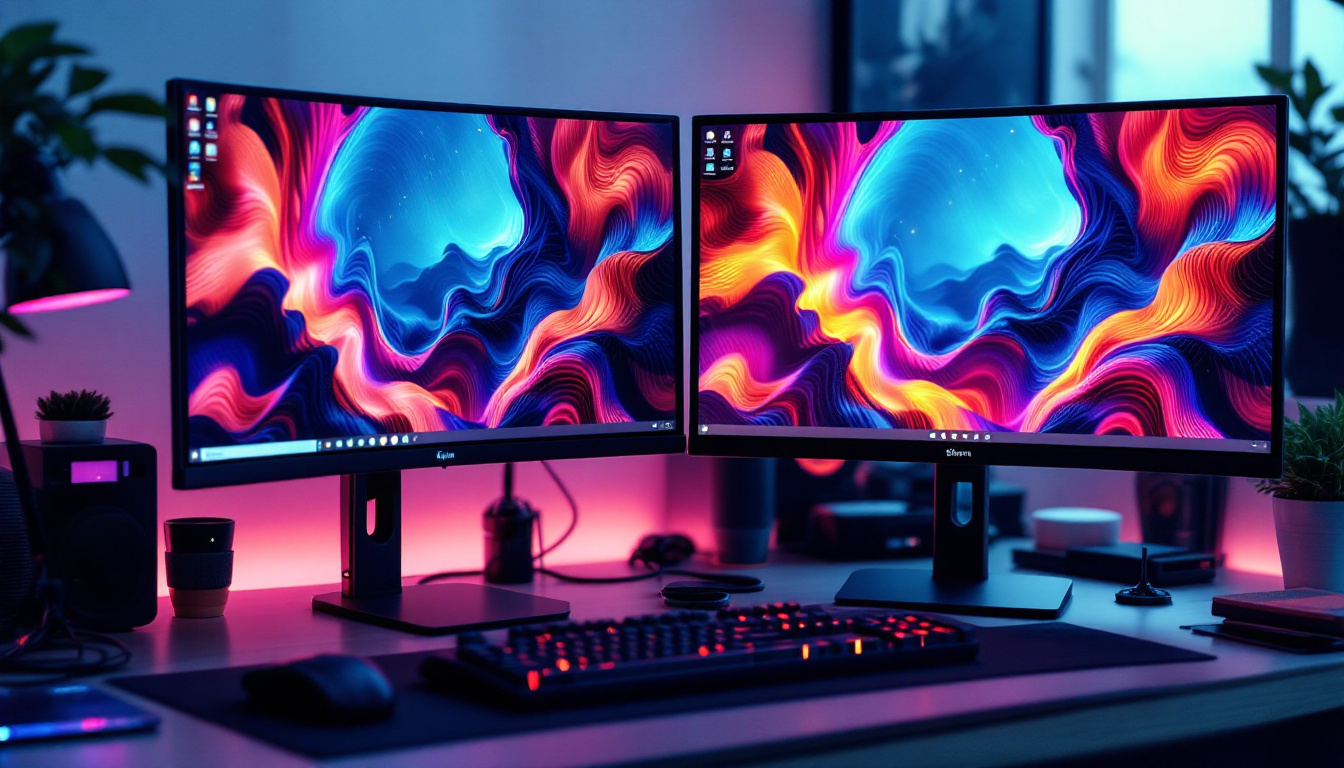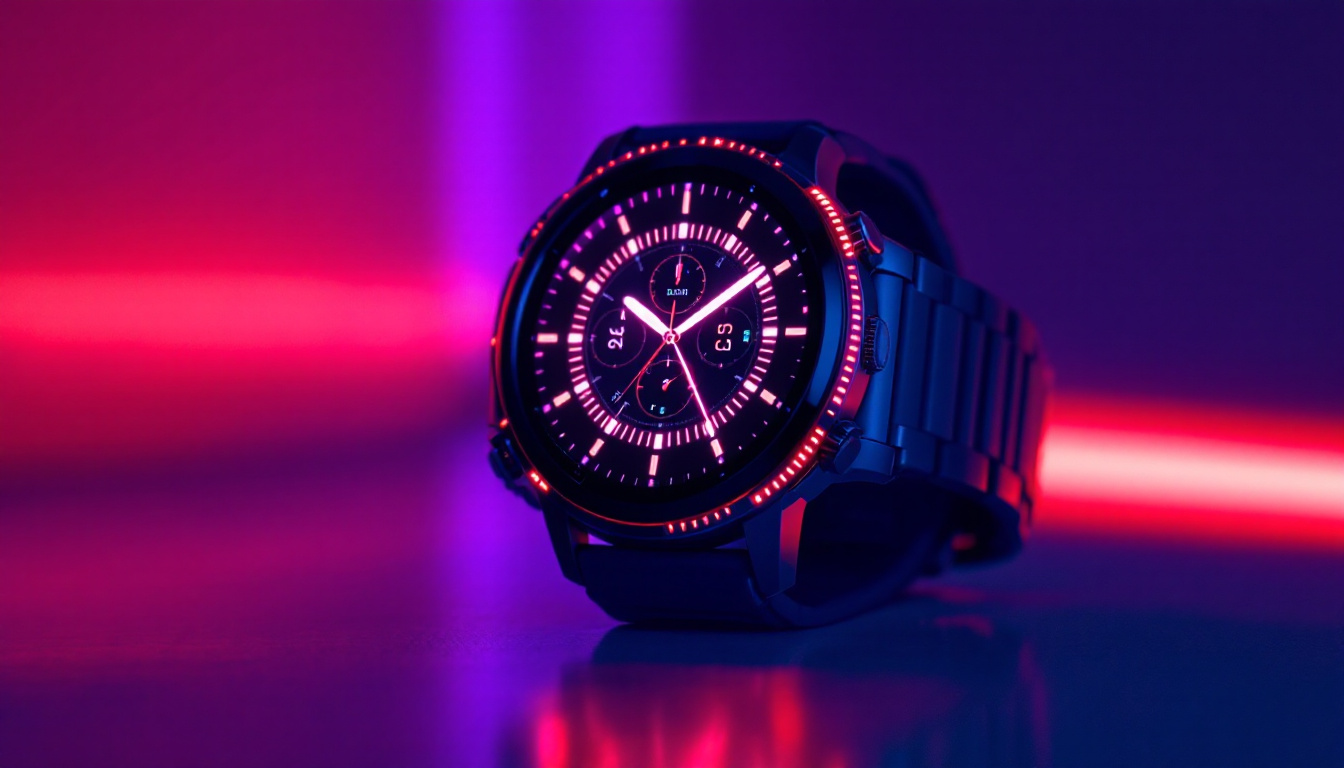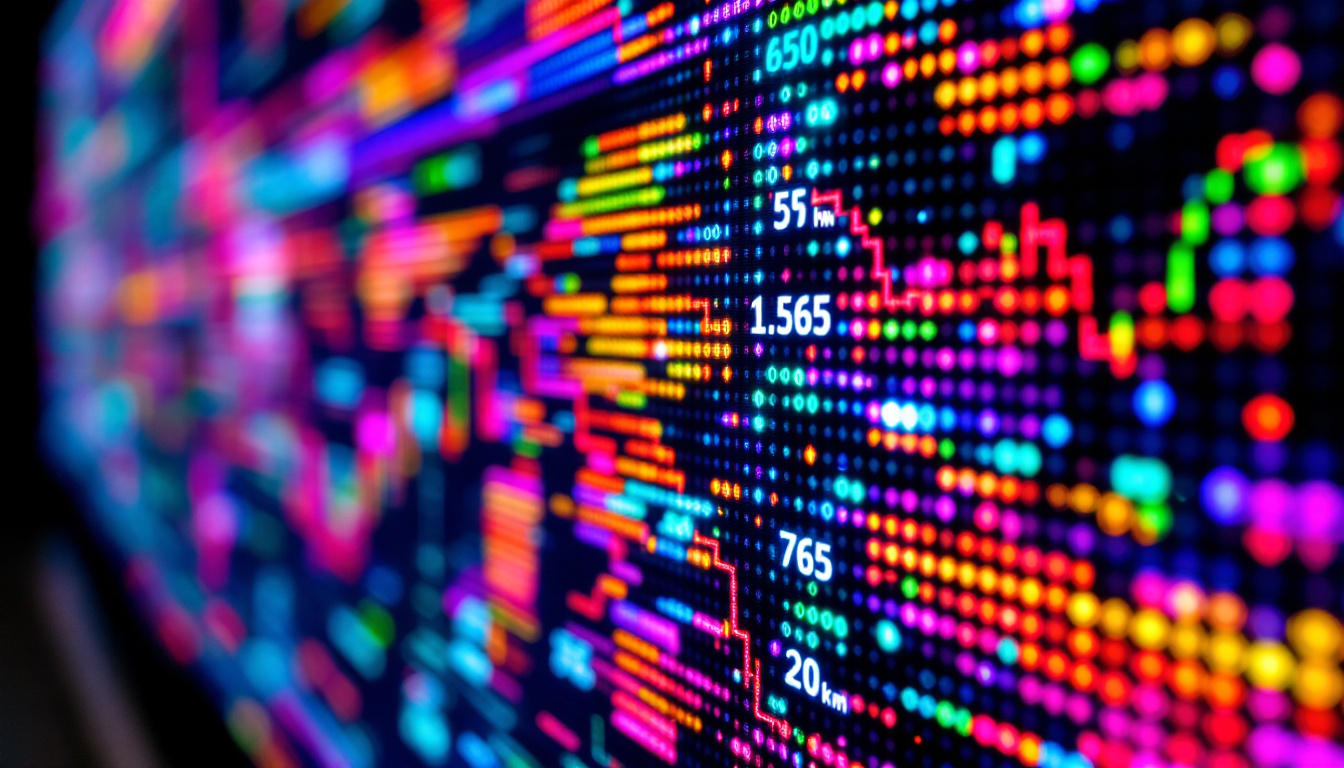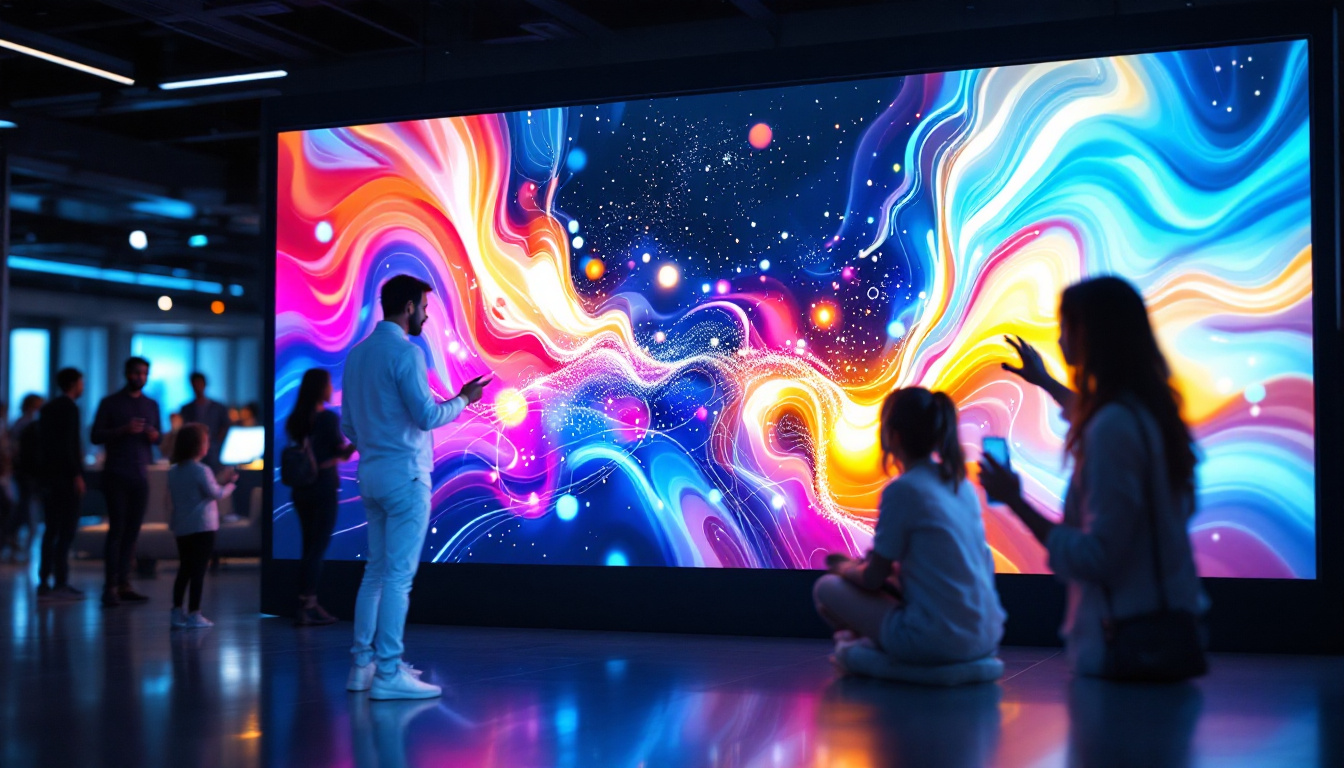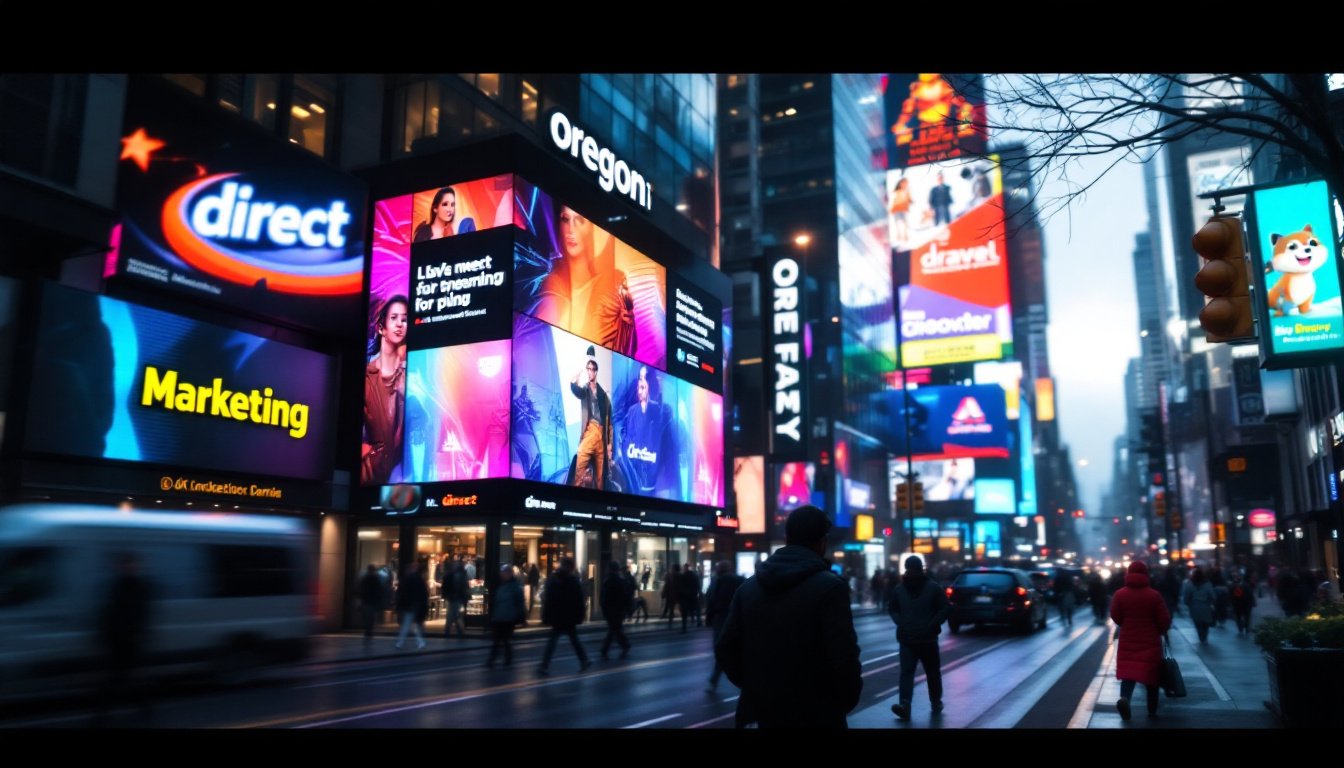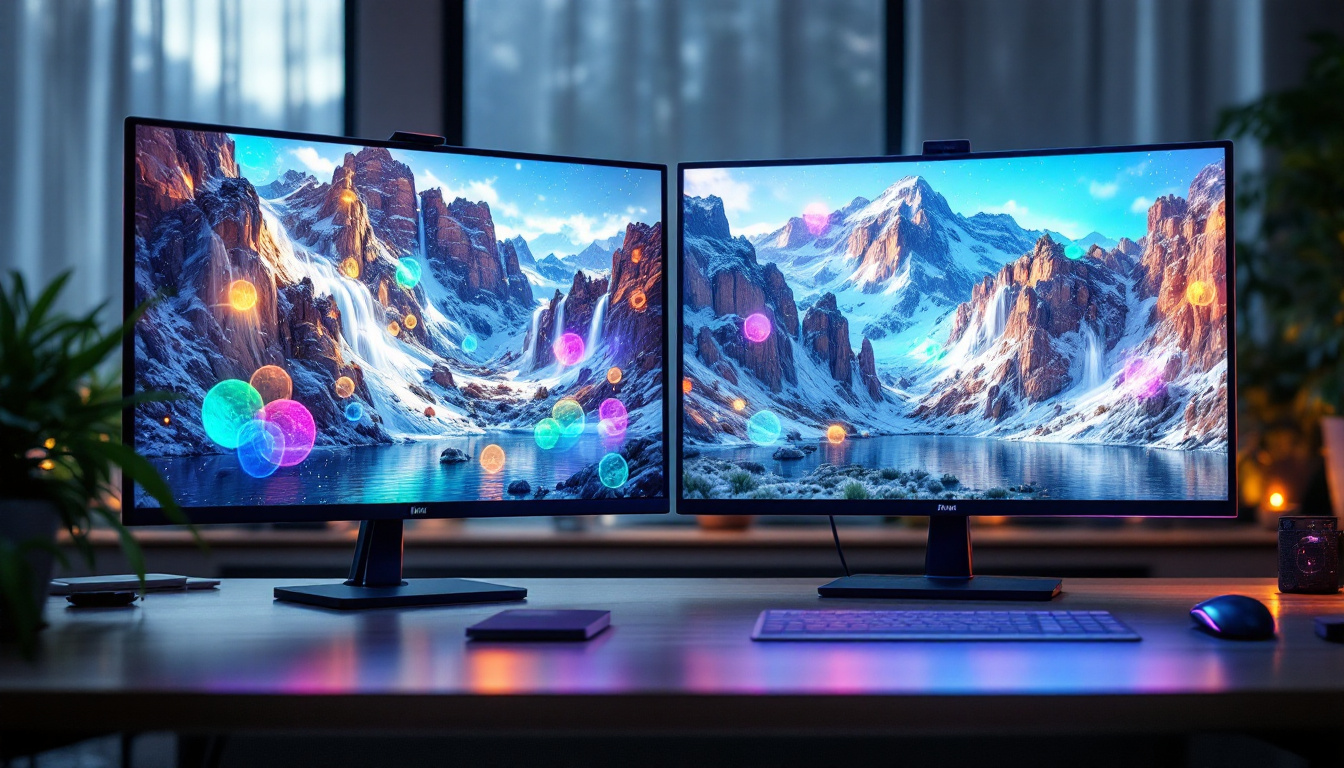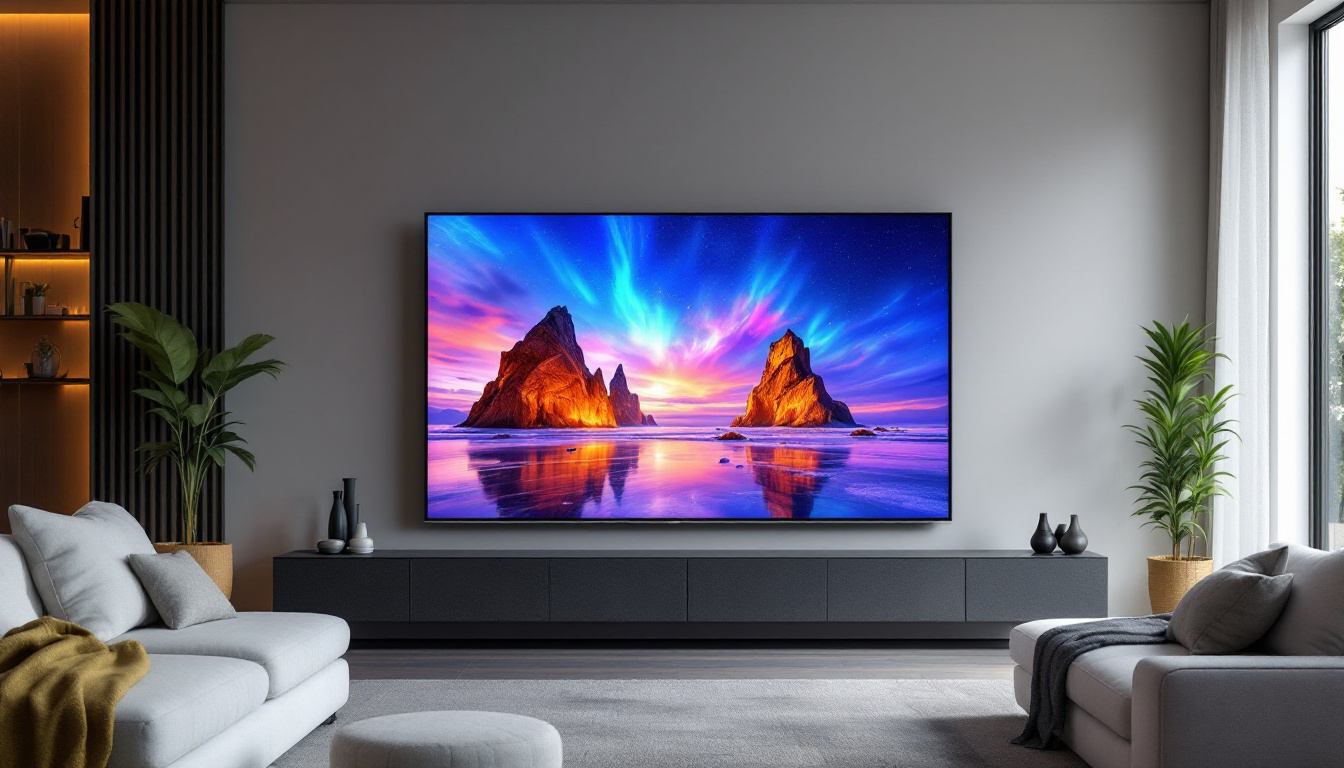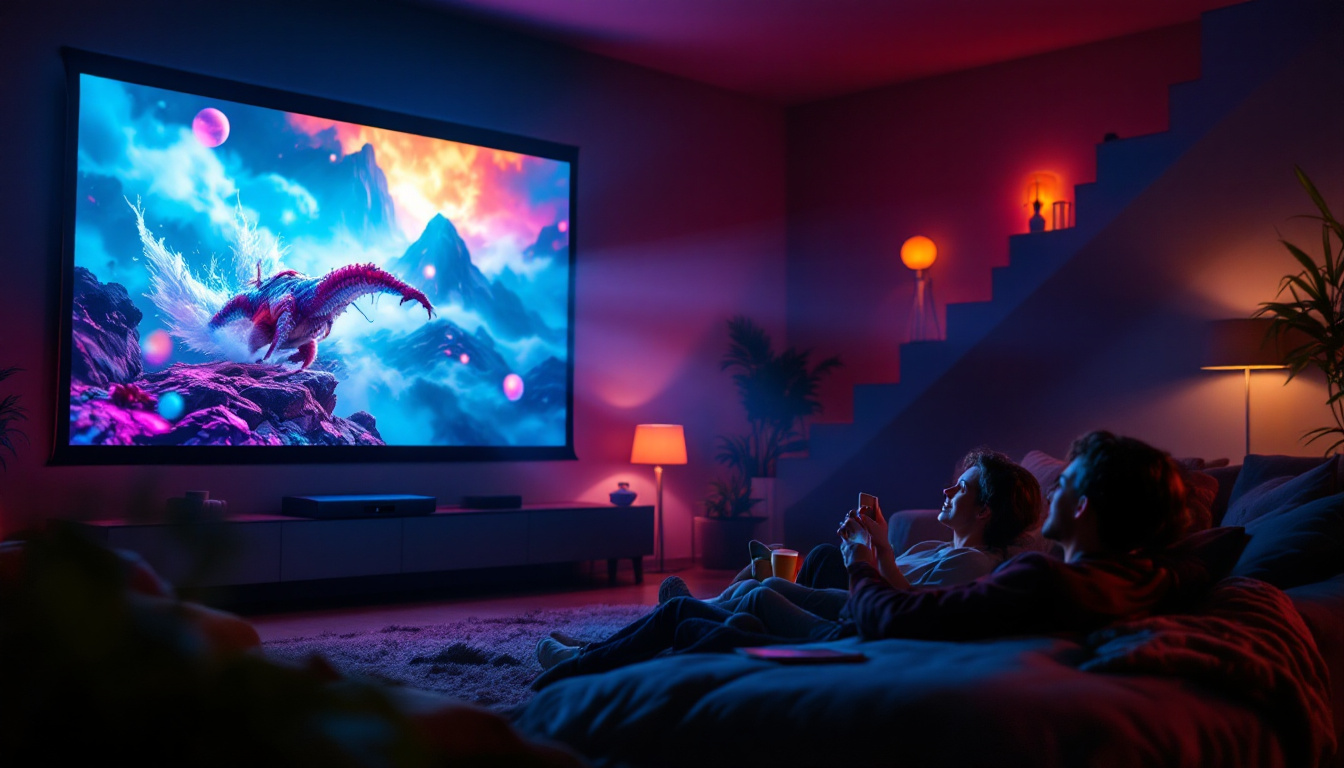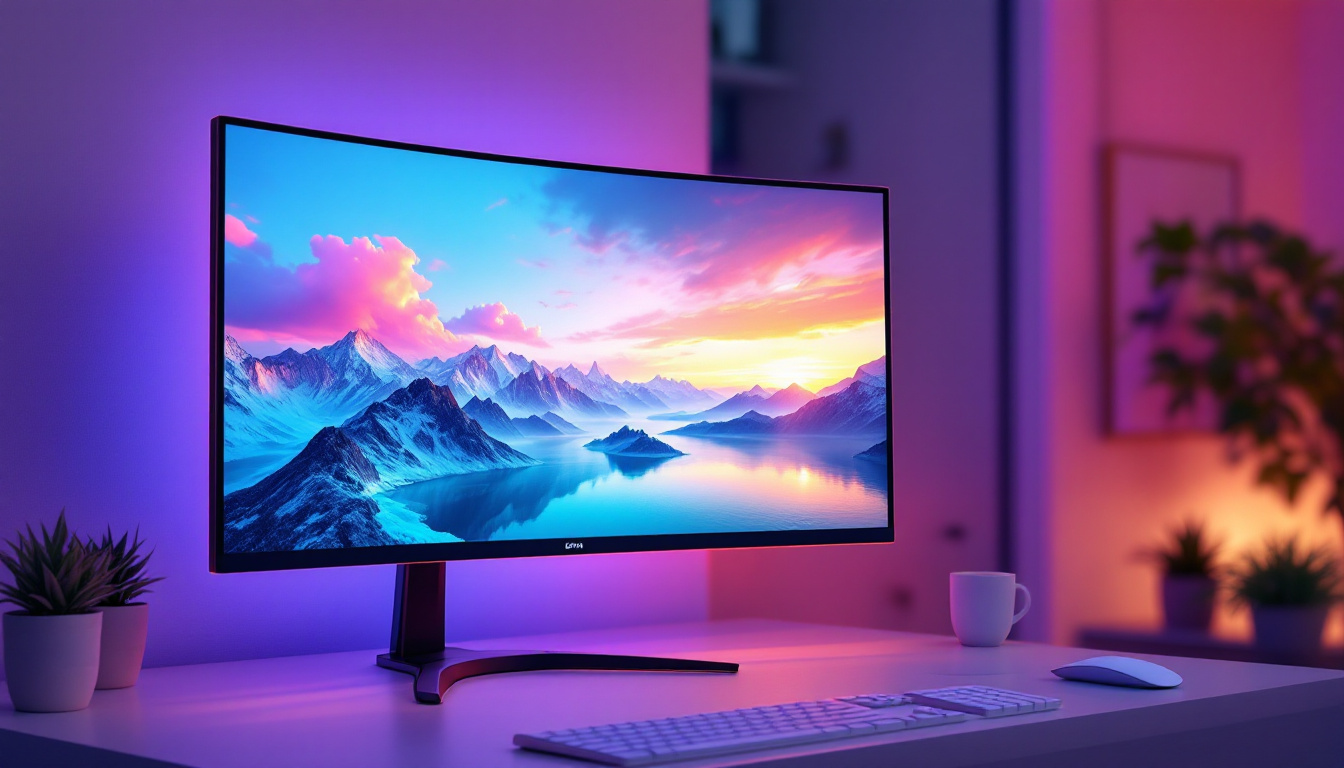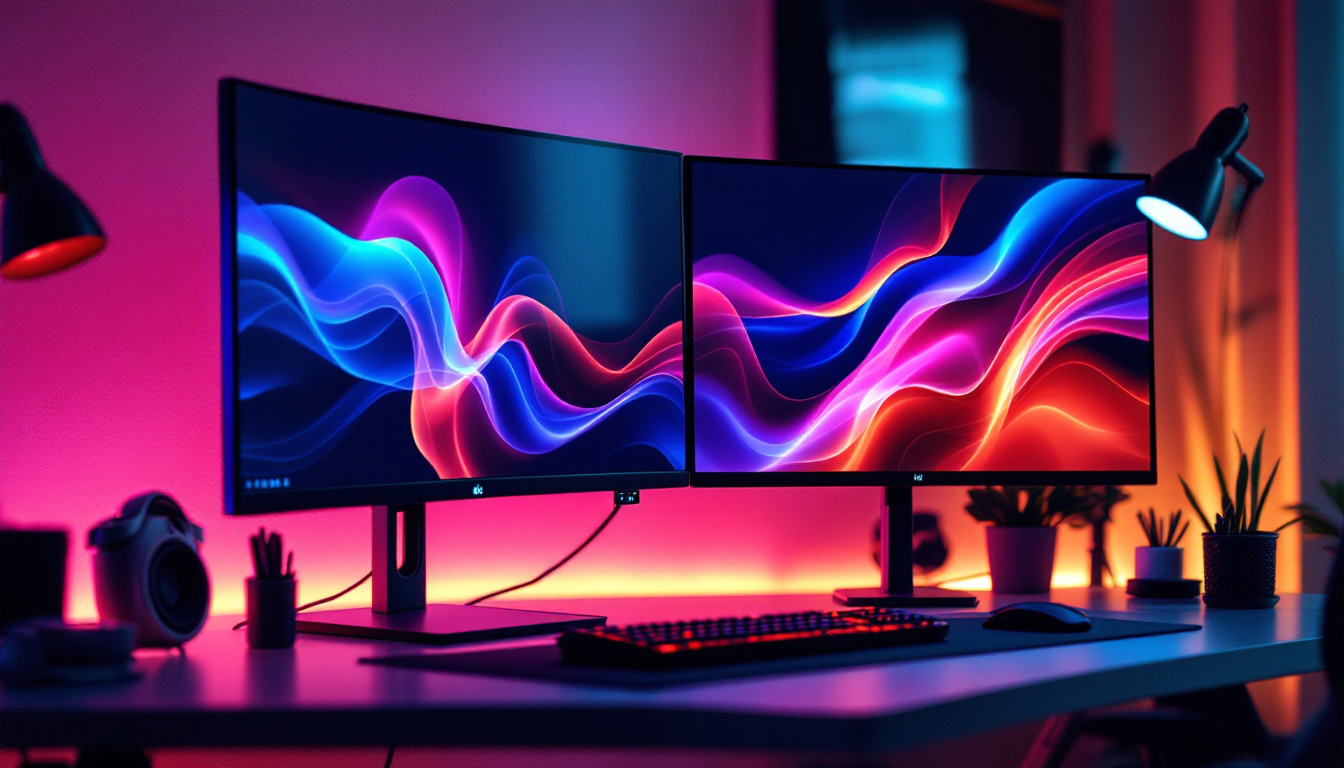Touch Screen PC Monitors: LED Display Explained
In an era where technology is rapidly advancing, touch screen PC monitors have become a staple in both personal and professional environments. These devices combine the functionality of a traditional monitor with the interactivity of touch technology, creating a user experience that is both intuitive and efficient. This article delves into the mechanics of touch screen PC monitors, particularly focusing on LED display technology, its benefits, and its applications.
Understanding Touch Screen Technology
Touch screen technology allows users to interact with a computer interface through direct touch. This innovation has transformed the way people engage with digital content, making it more accessible and user-friendly.
Types of Touch Screen Technology
There are several types of touch screen technologies available today, each with its own unique features and benefits. The most common types include resistive, capacitive, and optical touch screens. Each type operates differently and is suited for various applications.
- Resistive Touch Screens: These screens consist of multiple layers that register touch when pressure is applied. They are cost-effective and work well with gloves or styluses, making them ideal for industrial applications.
- Capacitive Touch Screens: These screens detect touch through the electrical properties of the human body. They offer better clarity and responsiveness compared to resistive screens and are commonly used in smartphones and tablets.
- Optical Touch Screens: Utilizing cameras and infrared light, optical touch screens can detect touch without needing a physical layer. They are often used in large displays and kiosks due to their durability and flexibility.
How Touch Screens Work
At its core, a touch screen monitor detects input through various mechanisms, depending on the technology used. In capacitive screens, for instance, the touch is registered by changes in capacitance when a finger approaches the screen. In contrast, resistive screens require physical pressure to register a touch, which can be beneficial in environments where users may wear gloves.
The integration of touch technology into PC monitors has made it possible for users to navigate interfaces with simple gestures. This capability enhances productivity and provides a more engaging experience, especially in applications like graphic design, gaming, and education.
Moreover, touch screen technology has evolved significantly over the years, leading to the development of multi-touch capabilities. This feature allows users to perform complex gestures, such as pinching to zoom or swiping with multiple fingers, enhancing the interactivity of applications. Multi-touch technology has opened new avenues for creativity and innovation, particularly in fields like virtual reality and augmented reality, where immersive experiences are paramount.
As touch screens continue to advance, the integration of haptic feedback technology is becoming more prevalent. This technology provides tactile responses to users, simulating the sensation of pressing buttons or interacting with physical objects on the screen. This added layer of feedback not only improves user experience but also makes digital interactions feel more intuitive and natural, bridging the gap between the physical and digital worlds.
LED Display Technology: An Overview
LED (Light Emitting Diode) technology has revolutionized the way displays are manufactured and viewed. LED displays are known for their brightness, energy efficiency, and superior color accuracy, making them a popular choice for touch screen monitors.
How LED Displays Work
LED displays utilize a matrix of tiny light-emitting diodes to create images. Unlike traditional LCDs that use fluorescent backlighting, LED displays can produce light directly, resulting in deeper blacks and more vibrant colors. This technology allows for a thinner and lighter design, making it ideal for sleek touch screen monitors.
Moreover, LED displays can be categorized into two main types: edge-lit and backlit. Edge-lit displays have LEDs positioned around the edges of the screen, while backlit displays have LEDs distributed across the entire panel. The latter typically offers better uniformity and brightness.
Benefits of LED Displays in Touch Screen Monitors
Integrating LED technology into touch screen monitors comes with several advantages. First and foremost, LED displays are energy-efficient, consuming less power compared to traditional displays. This efficiency not only reduces electricity costs but also contributes to a lower carbon footprint.
Additionally, LED displays provide superior brightness and contrast ratios, making them suitable for various lighting conditions. Whether in a dimly lit room or a brightly lit office, LED touch screen monitors maintain clarity and visibility, enhancing the user experience.
Applications of Touch Screen LED Monitors
Touch screen LED monitors have found their way into numerous sectors, each benefiting from the unique capabilities these devices offer. From education to healthcare, the applications are vast and varied.
Education Sector
In educational settings, touch screen LED monitors have transformed traditional teaching methods. Interactive displays allow teachers to engage students more effectively, facilitating collaborative learning experiences. Students can participate in lessons by touching the screen, making learning more dynamic and interactive.
Moreover, the use of touch screen monitors in classrooms can support various teaching styles, from lectures to hands-on activities. This versatility helps cater to different learning preferences, ensuring that all students can benefit from the technology.
Healthcare Applications
In the healthcare sector, touch screen LED monitors are increasingly being used for patient management systems, diagnostic tools, and telemedicine applications. These devices allow healthcare professionals to access patient records quickly, improving efficiency and patient care.
Furthermore, touch screens can facilitate remote consultations, enabling doctors to interact with patients from a distance. This capability has become particularly important in recent years, as telehealth services have gained prominence.
Business and Retail Environments
In business and retail, touch screen LED monitors are often employed for point-of-sale systems, digital signage, and interactive kiosks. These applications enhance customer engagement and streamline operations, allowing businesses to provide a more personalized experience.
For instance, interactive kiosks can guide customers through product selections, provide information, and even process transactions, all through a user-friendly touch interface. This not only improves customer satisfaction but also increases sales opportunities.
Choosing the Right Touch Screen LED Monitor
When selecting a touch screen LED monitor, several factors should be considered to ensure that the device meets specific needs and requirements. From size and resolution to touch technology and connectivity options, each aspect plays a crucial role in the overall performance of the monitor.
Screen Size and Resolution
The size and resolution of a touch screen monitor are fundamental considerations. Larger screens provide a more immersive experience, while higher resolutions enhance image clarity. For professional applications, such as graphic design or video editing, a monitor with a higher resolution is essential to ensure accurate color representation and detail.
Additionally, the aspect ratio of the monitor can impact usability. Wider screens are beneficial for multitasking, allowing users to view multiple applications side by side without sacrificing clarity.
Touch Technology and Responsiveness
Choosing the right touch technology is vital for achieving the desired level of interactivity. Capacitive screens are generally more responsive and offer a smoother experience, while resistive screens may be more suitable for environments where users wear gloves.
Furthermore, responsiveness is key. A monitor that registers touch inputs with minimal lag enhances the overall user experience, making it essential for applications requiring quick interactions, such as gaming or real-time data analysis.
Connectivity and Compatibility
Connectivity options are another critical factor to consider when selecting a touch screen LED monitor. Ensure that the monitor has the necessary ports to connect to computers, tablets, or other devices. Common connectivity options include HDMI, USB, and DisplayPort.
Compatibility with operating systems is also important. Most touch screen monitors are designed to work seamlessly with popular operating systems, but it’s advisable to verify compatibility to avoid any potential issues.
Future Trends in Touch Screen LED Monitors
The future of touch screen LED monitors is promising, with advancements in technology paving the way for even more innovative applications. As touch technology continues to evolve, several trends are emerging that could shape the market.
Integration with Artificial Intelligence
One of the most exciting trends is the integration of artificial intelligence (AI) with touch screen monitors. AI can enhance user interactions by providing personalized experiences, predictive analytics, and smart recommendations based on user behavior.
This integration could lead to more intuitive interfaces, where the monitor learns from user interactions and adapts accordingly. Such advancements could significantly improve productivity and user satisfaction across various sectors.
Advancements in Display Technology
As display technology continues to advance, the future of LED monitors looks bright. Innovations such as microLED and OLED technology promise to deliver even better color accuracy, contrast ratios, and energy efficiency.
These advancements could lead to thinner, lighter, and more versatile touch screen monitors, further expanding their applications in both consumer and professional markets.
Enhanced Durability and User Experience
Future touch screen monitors are likely to focus on enhanced durability, particularly for use in demanding environments. Improvements in screen materials and protective coatings can lead to monitors that are more resistant to scratches, impacts, and environmental factors.
Additionally, user experience will remain a priority, with manufacturers focusing on creating monitors that are not only functional but also aesthetically pleasing and easy to use. This emphasis on design will help ensure that touch screen LED monitors continue to be a preferred choice for users across various industries.
Conclusion
Touch screen PC monitors equipped with LED display technology represent a significant advancement in the way users interact with digital content. Their versatility, efficiency, and user-friendly interfaces make them ideal for a wide range of applications, from education to healthcare and beyond.
As technology continues to evolve, touch screen LED monitors are poised to become even more integral to daily life, enhancing productivity and engagement in countless settings. By understanding the intricacies of touch screen technology and LED displays, users can make informed decisions when selecting the right monitor for their needs.
In a world where digital interaction is paramount, touch screen monitors stand out as a bridge between technology and user experience, paving the way for a more interactive and engaging future.
Discover the Future of Interactive Displays with LumenMatrix
Ready to experience the pinnacle of touch screen technology and LED displays? LumenMatrix is at the forefront of creating immersive visual solutions that transform the way you connect with your audience. From vibrant Indoor and Outdoor LED Wall Displays to innovative solutions like Vehicle LED Displays and LED Sports Displays, our products are designed to captivate and engage. Explore our full range of offerings, including the sleek LED Poster Display, interactive Floor LED Displays, and the versatile All-in-One LED Display. Embrace the future of digital signage with our LED Transparent Display and let LumenMatrix help you communicate your message with unparalleled impact. Check out LumenMatrix LED Display Solutions today and step into a world of vivid clarity and interactive possibilities.

